



Searching for the neighborhood
Research & intervention
Betonsalon, Paris, France
2010
In the beginning, I found out that the houses and flats in Paris usually do not have a door bell, but can only be entered using a security code. I developed the idea of getting into one typical building in the area of the 13th district. The aim was to get an overview of how does the neighborhood look like in this area. I firstly got contact with a gentleman who had moved into 13th district just 1 year ago. With the help of a translator from Betonsalon, I did an interview with him, asking questions such as: Do you know someone in this building? or Did you visit your neighbors sometimes? Through the talk, I found out that he knows little about his neighbors and has limited connections with other residents within this building. After this first try, I changed my strategy. Waiting in front of the entrance of the same building, I talked to random people and asked the same questions as above. The outcome is then diverse and interesting. I learned that there are few connections between people by reasons of children, safety and entertainments. But in general, I got an impression that this neighborhood showed a common phenomenon in France and even the whole Europe: people (especially young people) need more private in their spare time, they enjoy the time spend with their own family except some social events.
In the final exhibition in Betonsalon, I transferred these results into a wall of information collage. Writings, text, and drawings were integrated by hand-draw facade of the target building.
PS: From the short movie of Betonsalon, a man said: this is an area that designed from the facade, not from the interiors. As a result, People learn this area also from the fancy design of the buildings; they are led to ignore peoples emotion inside these giant boxes.
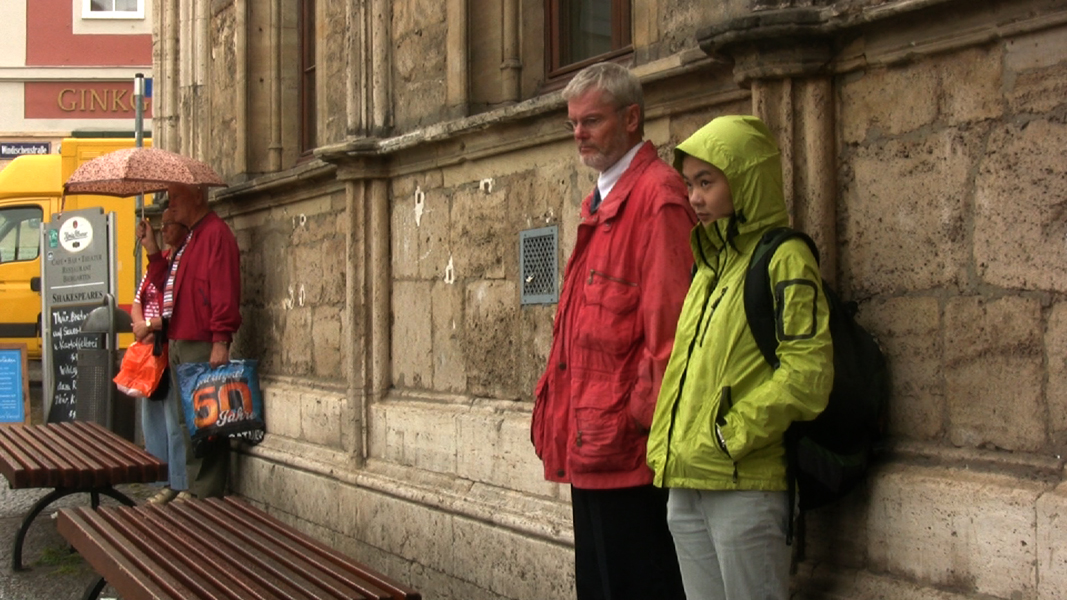
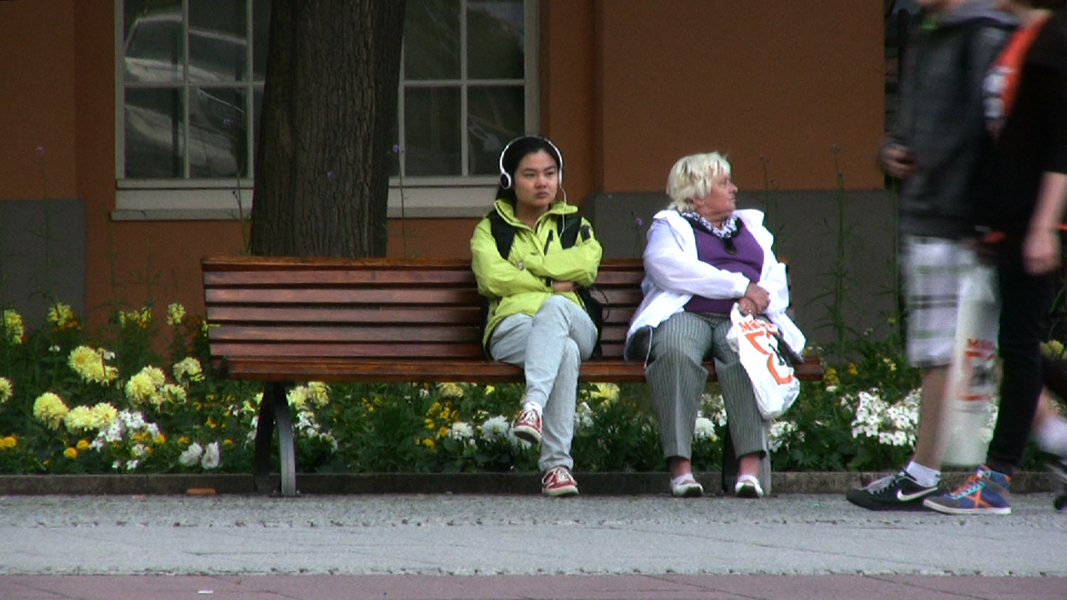
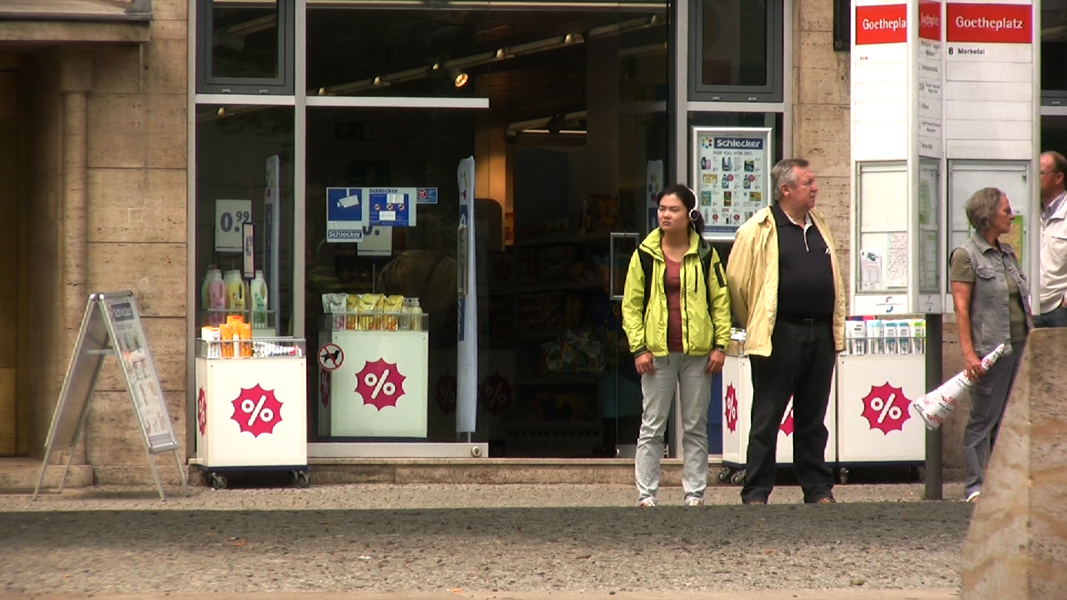
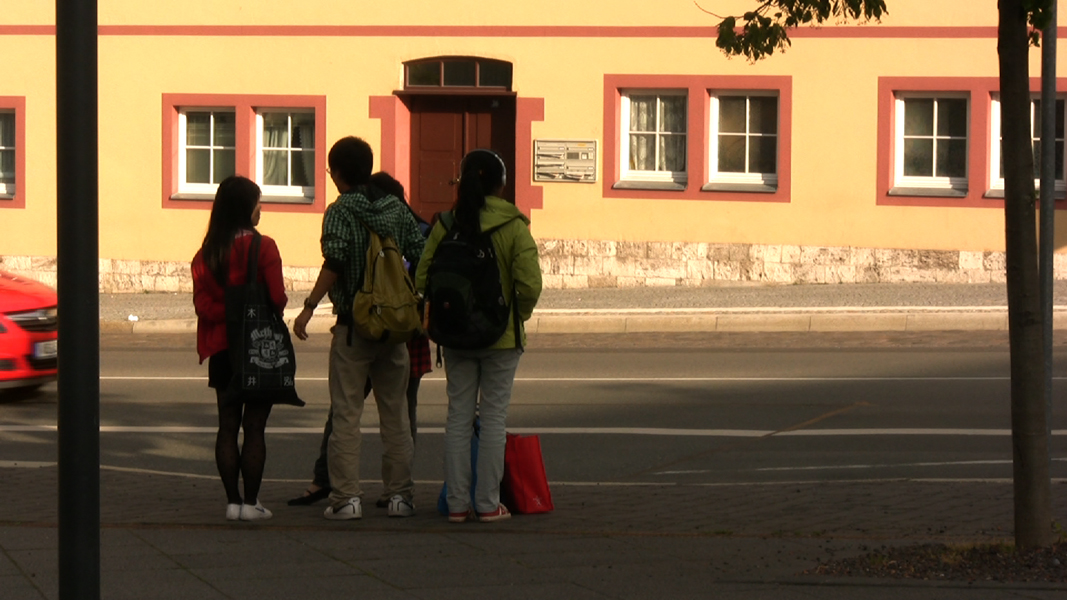
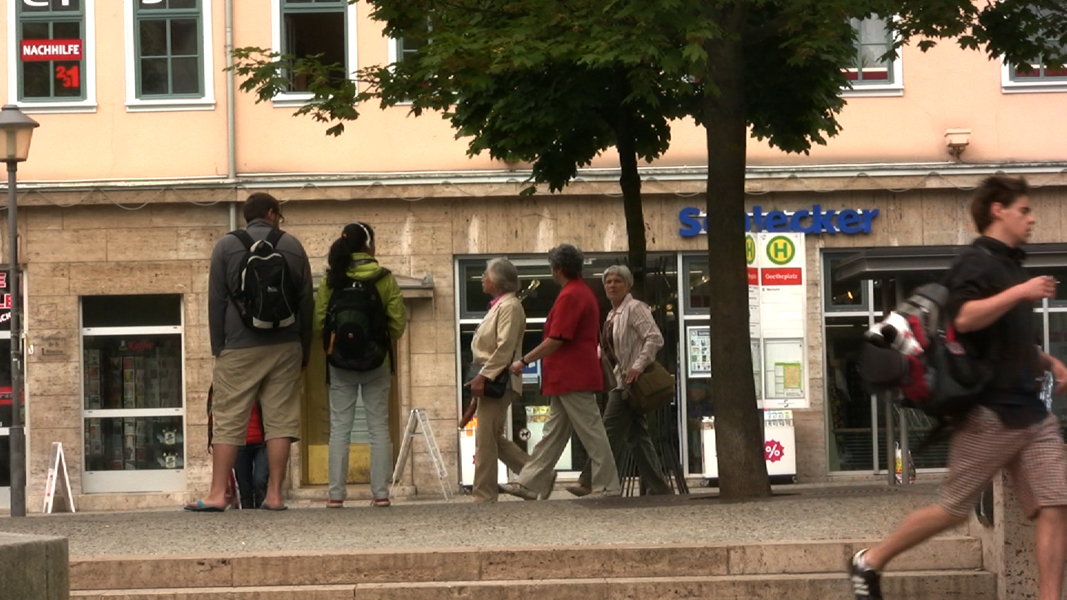
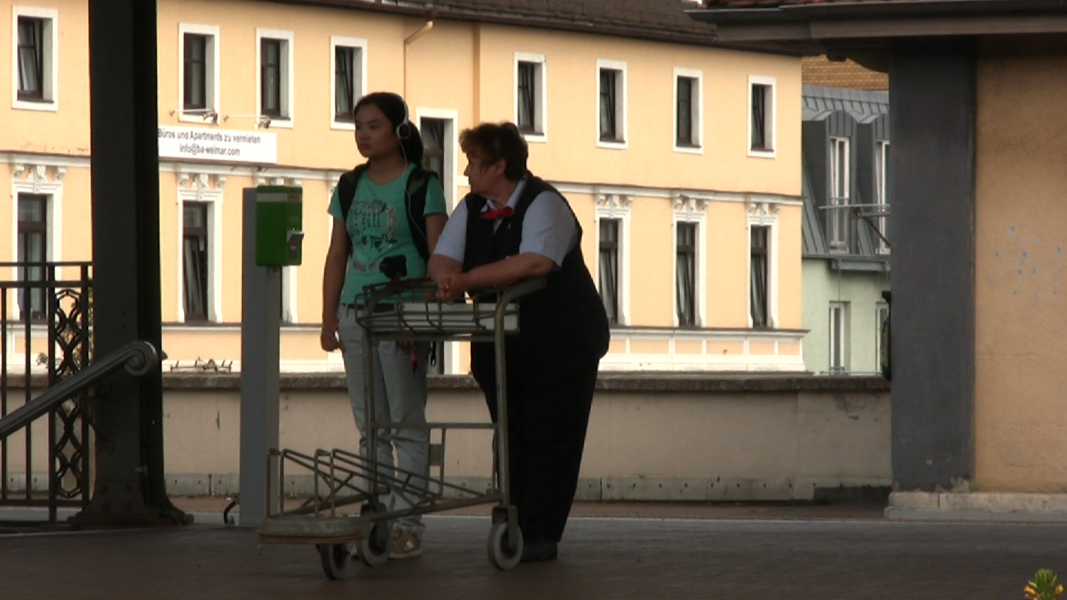
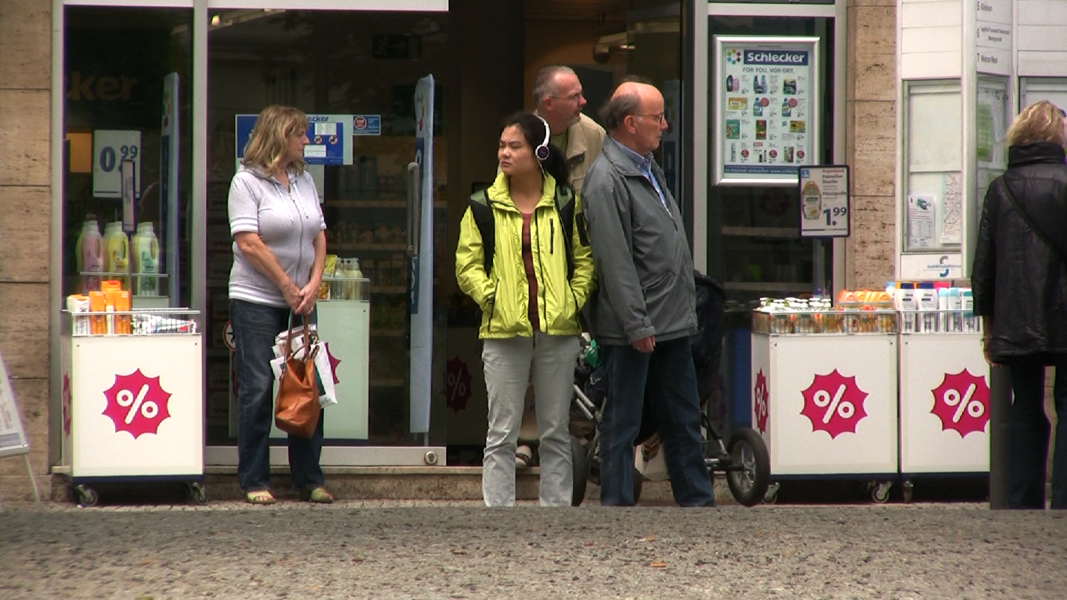
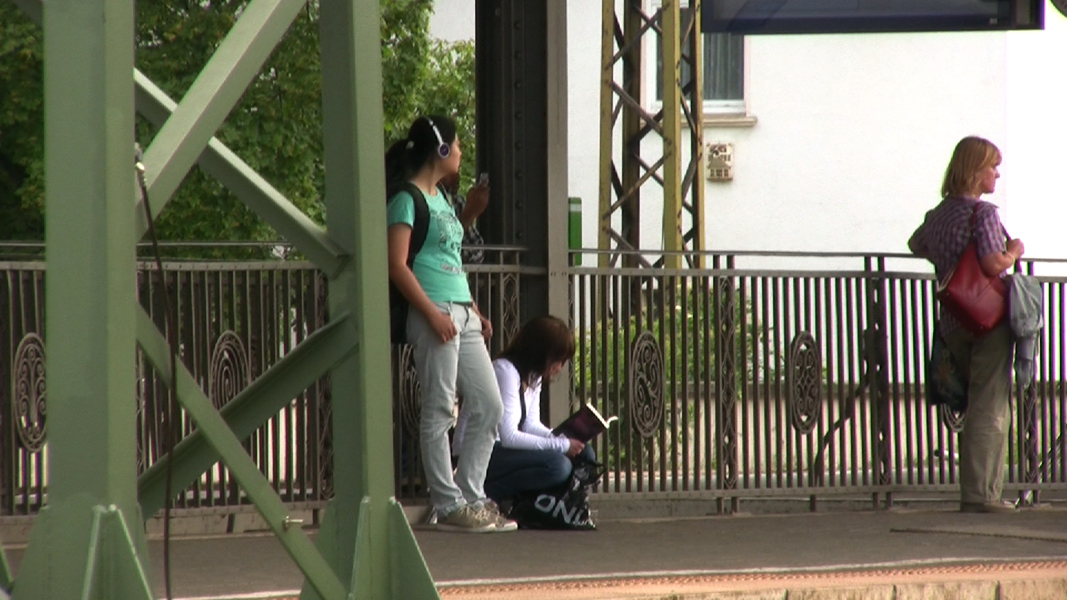
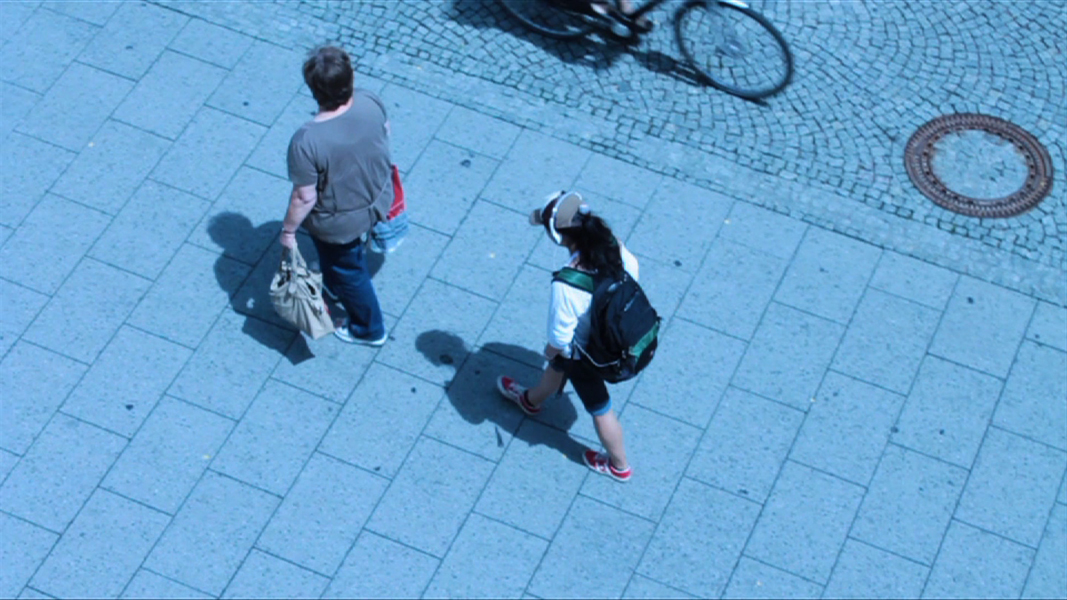
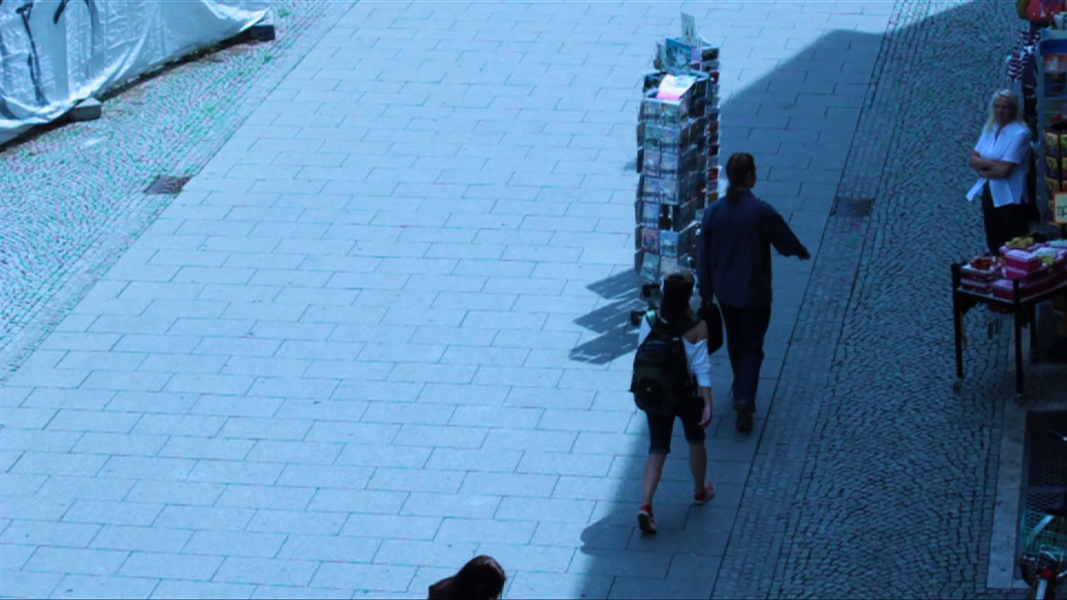
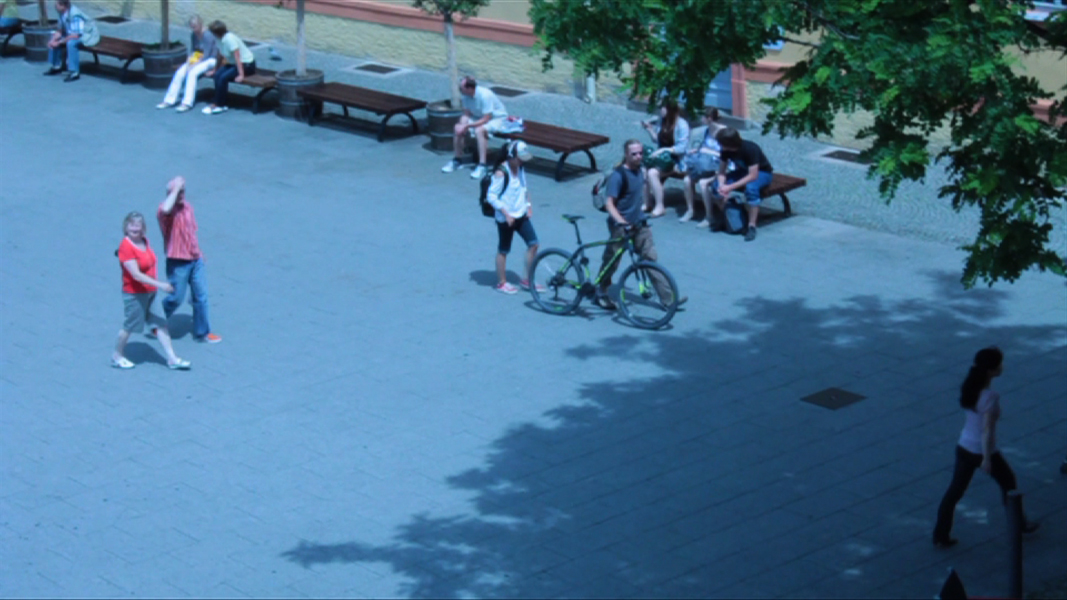
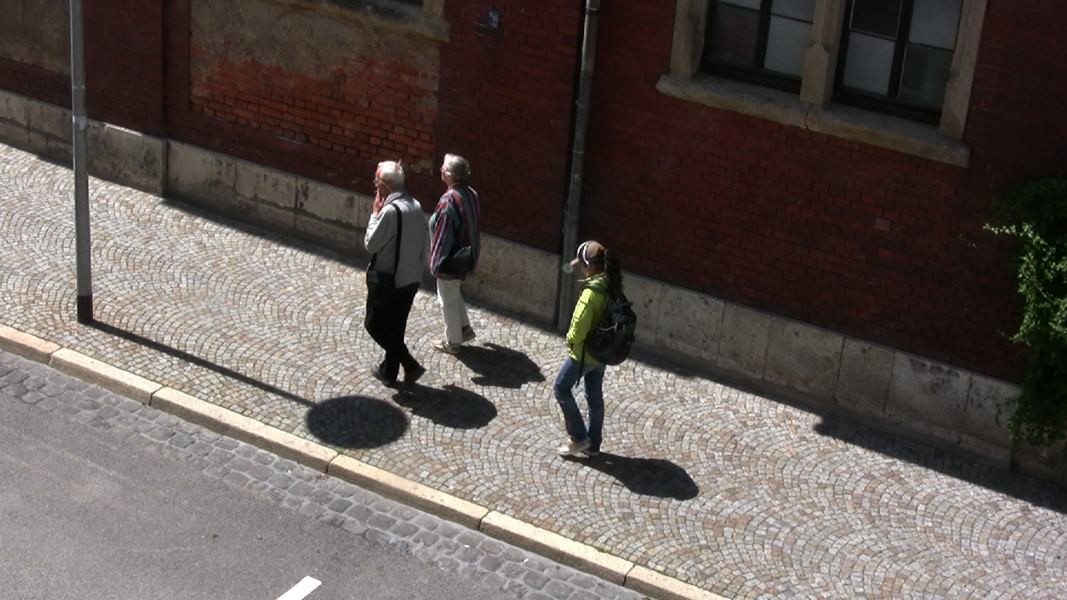
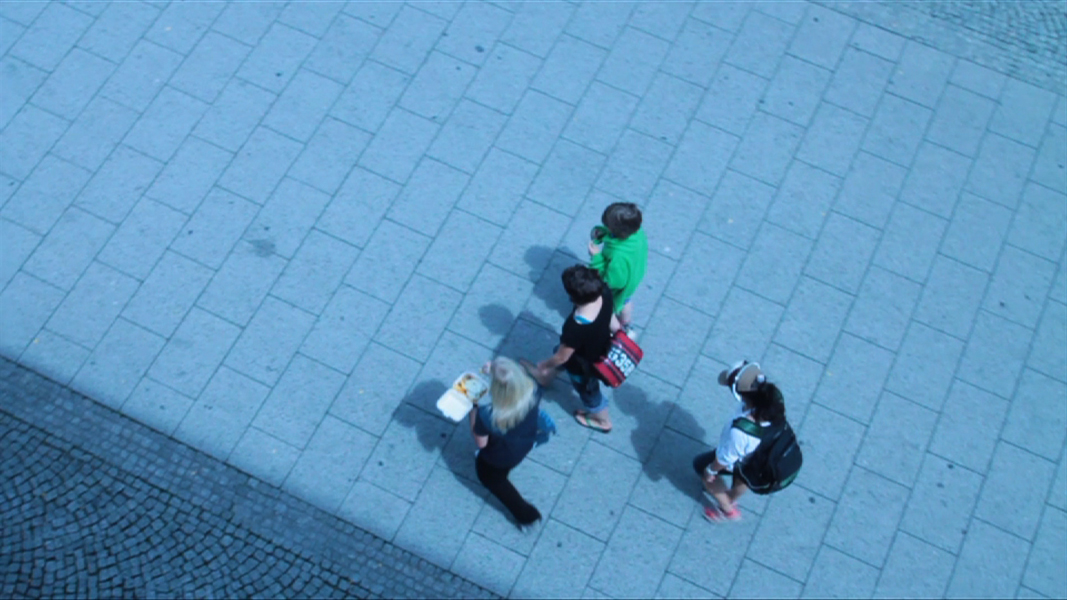





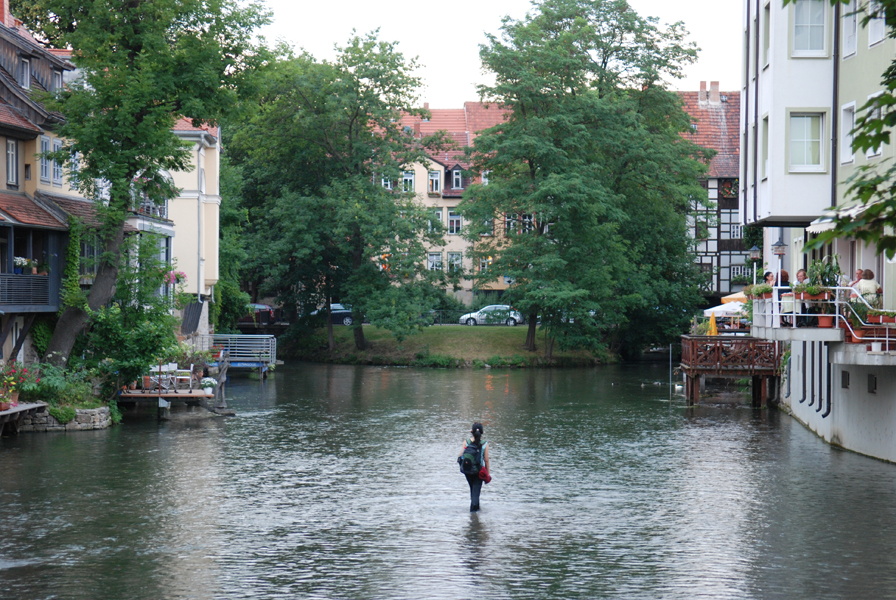


 Action 1: short cut
Action 1: short cut